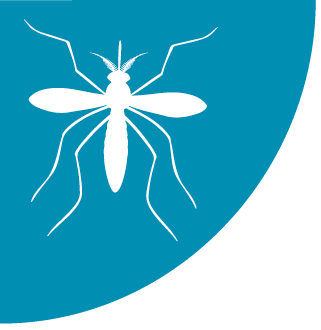NEWSWATCH
RISK ASSESSMENT

EPA Provides Interim Recommendations to Reduce Exposures to Insecticide Malathion
EPA’s draft human health risk assessment of the organophosphate insecticide malathion (
PDF
), which was made available in September, raises some concerns about the use of the insecticide by aerial application. The draft assessment shows that, on the day of application, estimated exposures from malathion aerial application exceed the agency’s level of concern. According to EPA, approximately 90 percent of mosquito control using malathion occurs via ground application such as using fogging equipment mounted on trucks, and less than 1 percent of spraying for mosquitoes is malathion aerial spray. While it is atypical for EPA to make risk management recommendations based on a draft risk assessment, the agency has provided mosquito control professionals in local governments and mosquito control districts with interim guidance
(PDF
) on malathion aerial spraying. EPA’s decision to provide these recommendations is based on the emergence and persistence of mosquito-borne pathogens, including Zika virus, in the U.S.
EPA’s website notes that the agency is “confident that aerial application is safe if mosquito control applicators follow our recommended application modifications.” For those who want to reduce exposures further, EPA recommends that young children be kept indoors on days that malathion aerial spraying takes place. Individuals who are sensitive to chemicals or have pre-existing respiratory problems may want to stay indoors with the windows closed during spraying; wash fruits and vegetables from home gardens before storing, cooking, or eating; and cover outside items like furniture and grills during spraying.
The agency is seeking public comment on the draft assessment through Nov. 21, and intends to update it as needed.
For more information on malathion, visit the EPA
website
.thesynergist | TOC | NEWSWATCH | DEPARTMENTS | COMMUNITY

